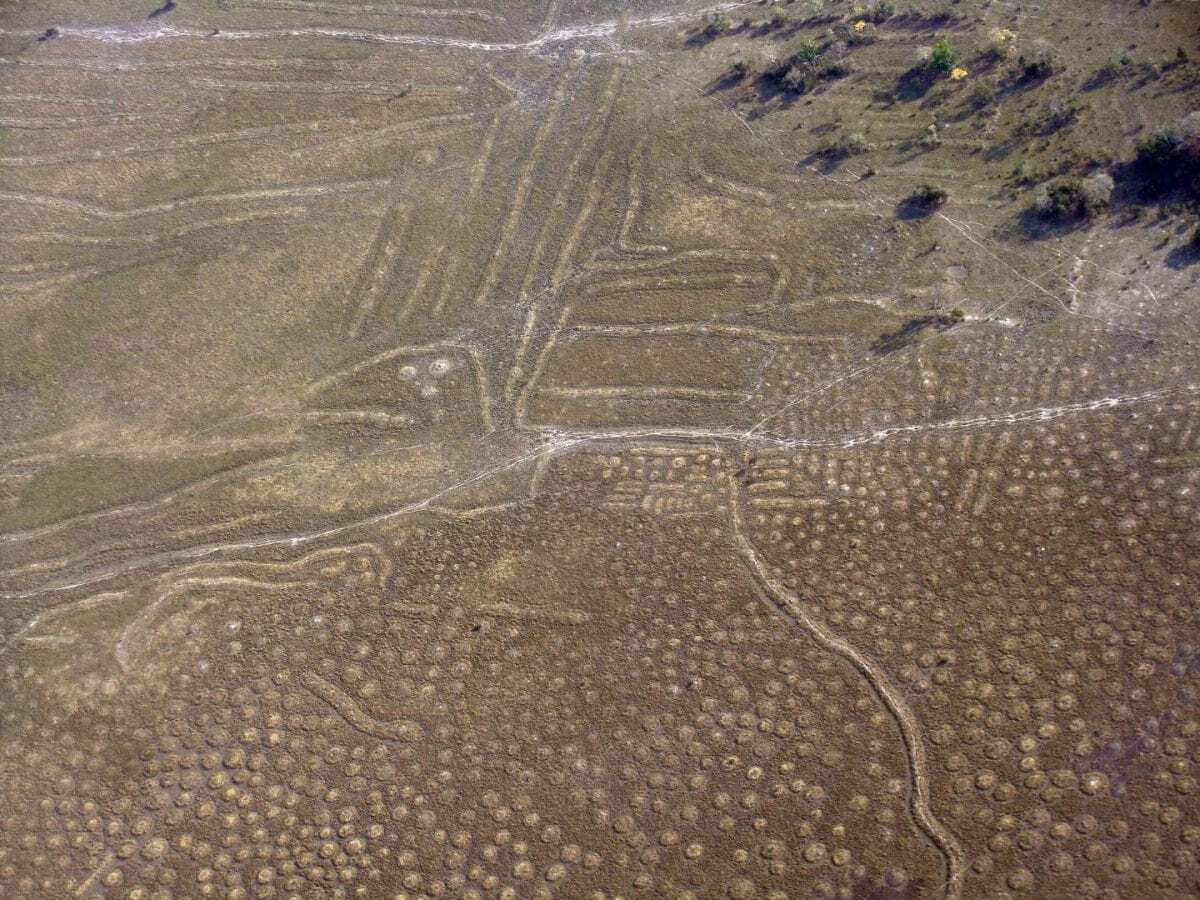Climate change had a significant impact on people living in the Amazon rainforest before the arrival of Europeans and the loss of many indigenous groups, a new study shows.
Major shifts in temperature and rainfall caused the disappearance of communities long before 1492, researchers have found. In contrast other cultures still flourished just before the Spanish colonisation of the Americas.
New analysis of what the climate was like in the Amazon from 700 to 1300 shows the changing weather led to the end of communities who farmed intensively, and had a strong class structure. Those who lived without political hierarchy, who grew a greater variety of crops, and took more care to look after the land so it remained fertile, were able to adapt and were less affected.
During this period the Amazon was home to dozens of sophisticated communities who lived in flourishing towns and villages. Conflict between these communities, and migration, also contributed to the downfall of some.
Dr Jonas Gregorio de Souza, who led the research while at the University of Exeter and is now based at the Universitat Pompeu Fabra, said: “Some Amazon communities were in decline or had changed drastically before 1492. Our research shows climate change was one of the responsible factors, but some groups survived because they had been working with their natural environment rather than against it. Those who farmed intensively, and had more pressure to produce surplus food because of a strong class structure, were less able to cope.”
It is thought the population of indigenous communities declined by 90 per cent to 95 per cent after Europeans came to Amazonia due to epidemics and violence. Before this up to 10 million people had lived in Amazonia, and this loss reshaped landscapes and cultural geographies across the region.
Experts analysed the climate in ancient Amazonia through analysis of pollen and charcoal remains, sediments from lakes and stalagmites. This allowed them to track how much rainfall there was in the region from year-to-year. They also analysed archaeological remains showing crops grown by communities in the past, and the structures they lived in.
In the Eastern Amazon the Marajoara elite lived on large mounds, which each could have been home to around 2,000 people. These chiefdoms disintegrated after 1200. It had been thought this was due to the arrival of Aruã nomadic foragers, but the study suggests decreasing rainfall also played a part. Communities used the mounds to manage water, with the rich monopolising resources. This made them sensitive to prolonged droughts.
At the same time Santarém culture, established in around 1100, was flourishing. They grew a variety of crops – maize, sweet potato, squash – and worked to enrich the forest. This meant drier conditions had less impact.
Experts have found communities in the Amazon built canals to manage seasonal floods. In the southern Amazon people fortified their ditches, walled plazas, causeways and roads as the climate became more volatile.
Professor Jose Iriarte, from the University of Exeter, said: “This study adds to the growing evidence that the millennium preceding the European encounter was a period of long-distance migrations, conflict, disintegration of complex societies and social re-organisation across lowland South America. It shows the weather had a real impact.”
The research, part of the Pre-Columbian Amazon-Scale Transformations project, funded by the European Research Council, was carried out by academics at the University of Exeter, Pennsylvania State University, Baylor University, Universität Bern, Universidade de São Paulo, Instituto Geofísico del Peru, Northumbria University, Universidade Federal do Pará, French National Centre for Scientific Research, The University of Utah, University of Reading, Reading and the Universiteit van Amsterdam.
Climate change and cultural resilience in late pre-Columbian Amazonia is published in the journal Nature Ecology and Evolution.
Header Image – Raised fields in the Bolivian Llanos de Moxos region. Credit : Umberto Lombardo





